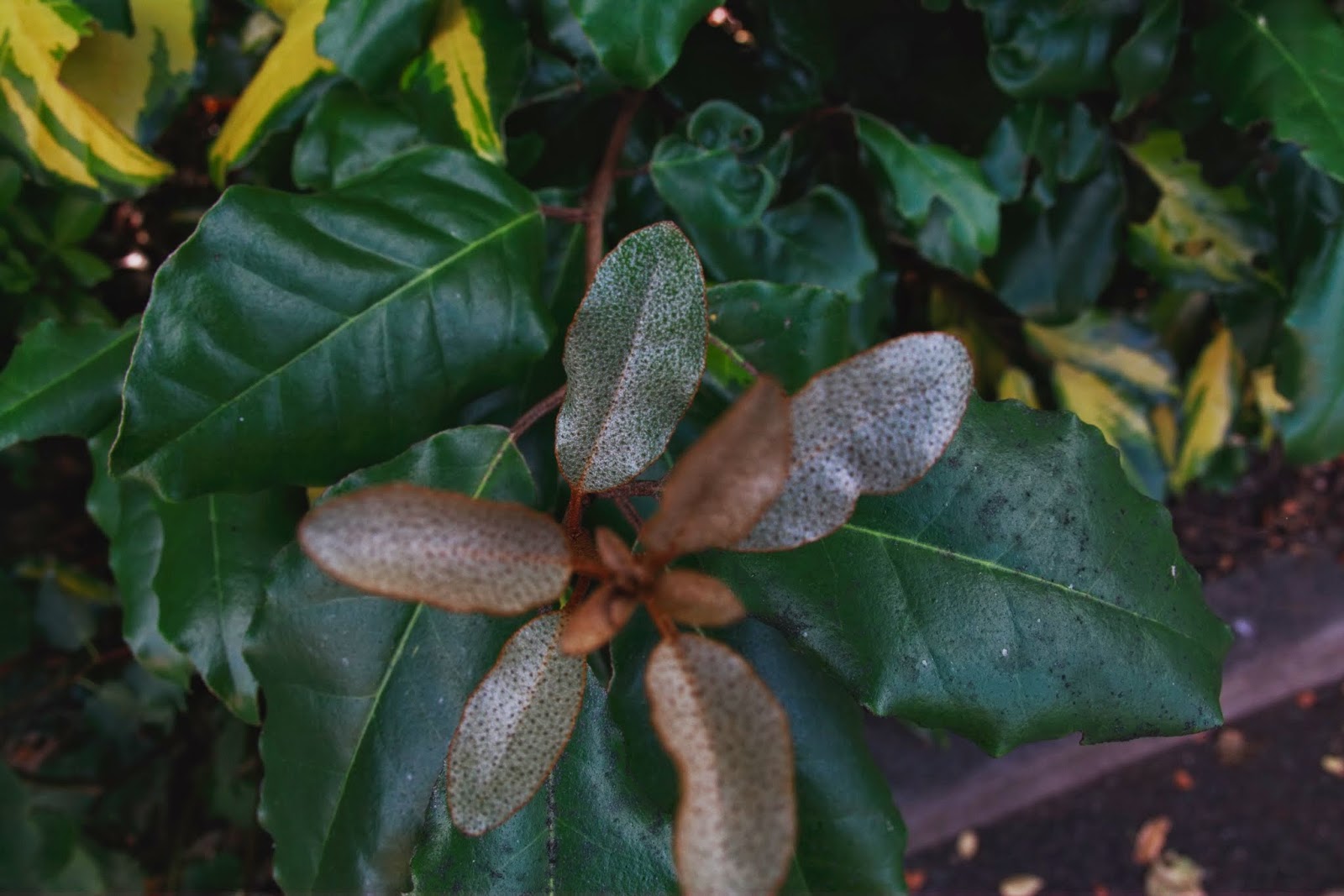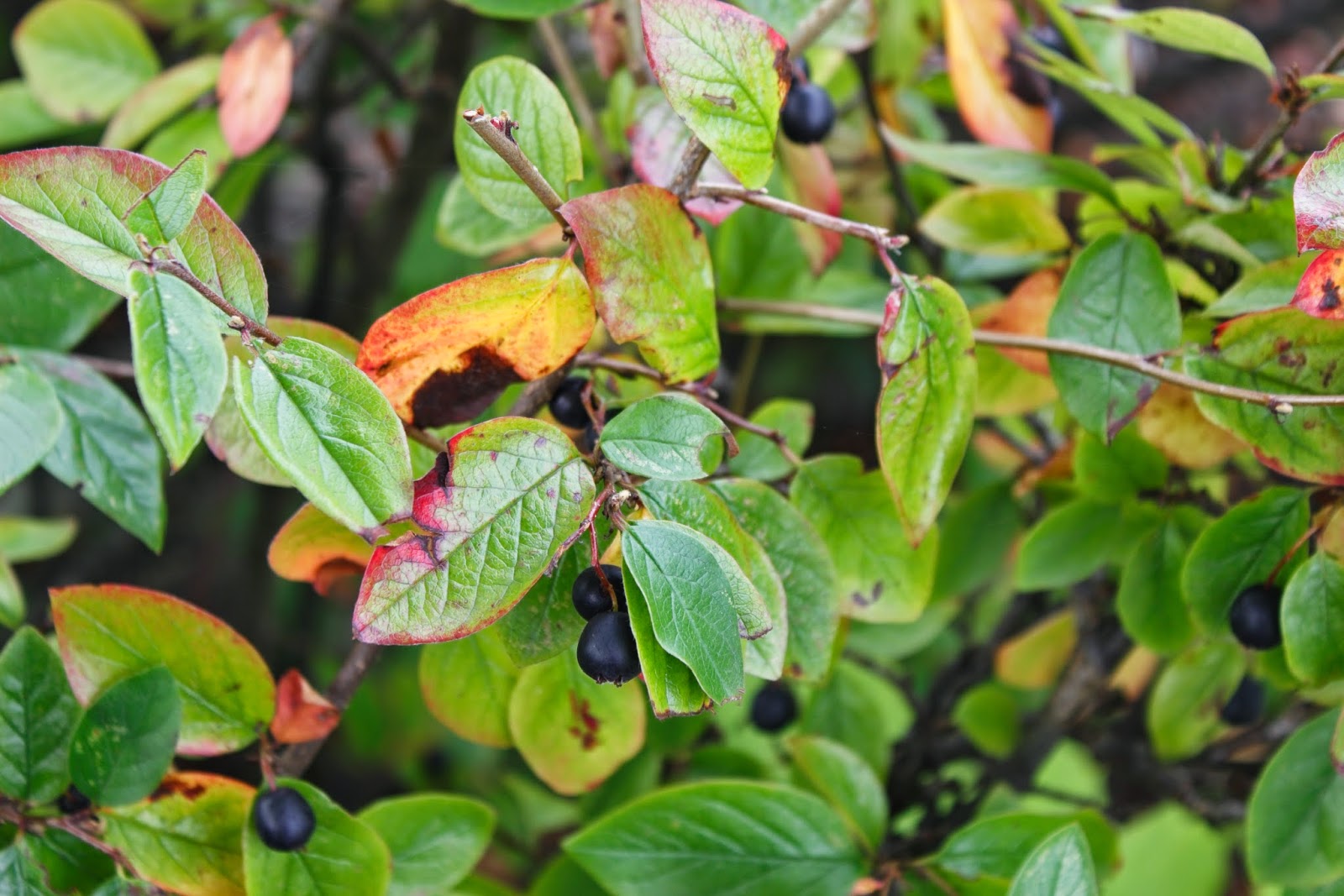 | |
| Photograph A |
 |
| Photograph B |
 |
| Photograph C |
 |
| Photograph D |
The focus on photograph A is focused only on the
center of the flowers and the background is fairly blurred this is called image
destabilization and it is used in photographs B, C, and D. The reason for the
image destabilization is to enhance the brightness of the colours of the
flowers and the leaves.
The lighting of each of the photographs are used
only with natural lighting, no artificial lighting was involved, as it was
unnecessary. Because I used image destabilization and natural lighting the
brightness of the flowers are vivid and shown in great detail. There wasn’t
very much darkness except the dark greens of the leaves and stems of the
flowers which creates a contrast to help balance out the brightness of the
petals.
If you were able to touch each photograph I'd imagine the texture would be soft like velvet and also very delicate, as when
you think of a flower they usually are very delicate so I’d like to imagine
that’s the way the flowers would feel like. The texture of the images would be
able to create a calm, soothing mood in the audience.
If you look at the composition used in each
photograph you’ll see that the rule of three is used which almost makes the
photos look like an illusion and I think the effect of each photo makes an
opening statement. The look of the
photographs look very similar to the Floral Landscapes by Ron Van Dongen
because is uses the image destabilization and it also uses the same composition
in which I was trying to capture in my work.






















































